There are many causes of miscarriage. Treatment for only some of these have been shown to reduce the risk of miscarriage. In his recent paper, Prof Homer explored in detail the various causes and treatments for miscarriage. The main causes include chromosomal abnormalities in the embryo and in the parents, problems that affect the structure of the womb and problems that increase clot formation. Each of these areas are covered in more depth below.
Chromosomal abnormalities in the embryo:
At least half of all early miscarriages are due to chromosomal imbalances in the early pregnancy (known as the embryo). These abnormalities increase as women get older, especially above the age of 37 years.
Chromosomes are made up of DNA and carry the genes that determine important functions in the cells making up the body and define unique characteristics like hair and eye colour.
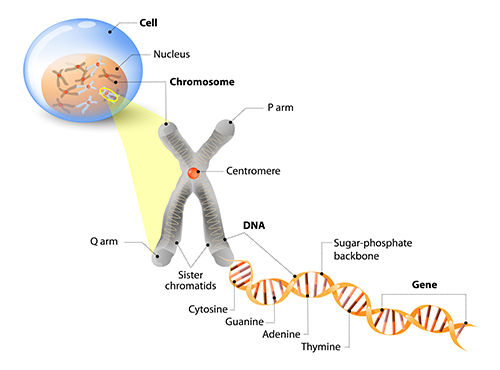
A normal human cell has 46 chromosomes made up of 22 pairs of so-called autosomal chromosomes (22×2=44) and two sex chromosomes, either two X chromosomes in females or an X and a Y chromosome in males (as shown in the image).
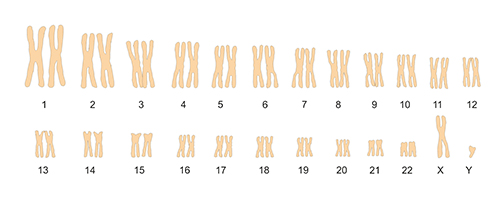
In many cases of miscarriage, cells in the embryo contain an abnormal number of chromosomes. For instance, an extra copy of chromosome number 21 leads to a total of 47 chromosomes instead of 46, due to three copies of chromosome 21 instead of the usual two. This condition of an extra copy of chromosome 21 is known as Down’s syndrome or Trisomy 21.
The vast majority of chromosomal abnormalities in embryos that lead to miscarriage arise because of errors during egg development. Importantly, these errors in eggs escalate markedly as women get older, especially beyond the mid-thirties, explaining why miscarriage and conditions like Down’s syndrome are much more common in women of these ages. Prof Homer is an internationally renowned expert in how female ageing causes egg quality to deteriorate, which in turn leads to problems with embryos and with pregnancy success. He set up Queensland’s first research laboratory dedicated to egg research to better understand this problem and develop innovative new treatments to help women achieve successful pregnancies.
Hayden recently wrote one of the most comprehensive reviews on how egg quality is affected by female age in the world’s top journal in reproductive biology.
Chromosomal abnormalities in the parents:
In 2-5% of patients with recurrent miscarriage, either the male of female partner carries a chromosomal rearrangement in which, two chromosomes have exchanged genetic material. One example of this kind of rearrangement is called a reciprocal (or balanced) translocation.
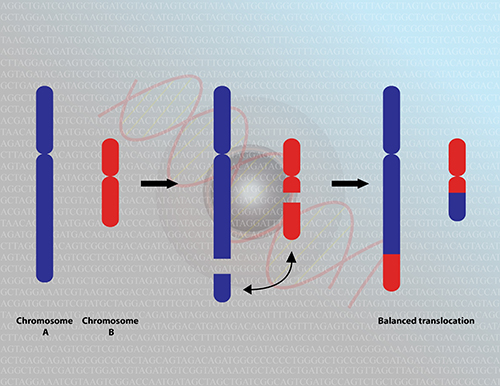
Although, in most cases, this does not produce any problems for the individual carrying the rearrangement, it may produce genetic imbalances when genetic material is reshuffled to make either sperm or eggs. If an imbalance occurs in the egg or sperm from such patients, the embryo will then also be imbalanced resulting in miscarriage.
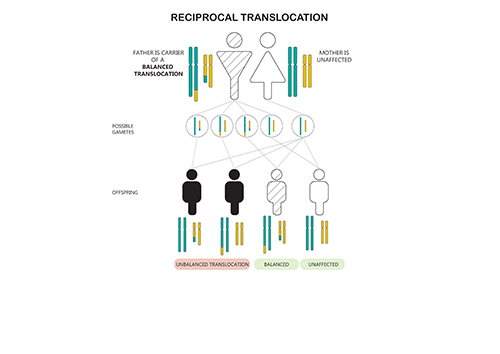
Problems with the womb:
A successful pregnancy depends upon proper implantation of the embryo on the lining of the womb (endometrium). Consequently, anything that causes the internal surface of the womb to become distorted can also predispose to miscarriage.
The main treatable problems that affect womb structure and can cause miscarriage include polyps, fibroids, and a uterine septum. Polyps are very small over-growths of the endometrial lining. The vast majority are non-cancerous. Polyps can be easily removed using hysteroscopy.
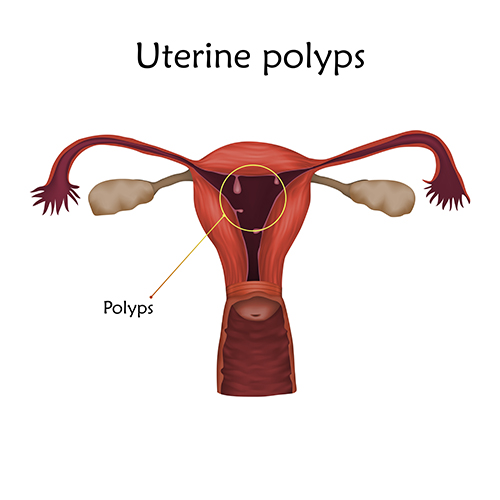
Antiphospholipid syndrome (APS):
APS is present in 5-20% of women with recurrent miscarriage and is the most important treatable cause for miscarriage. The presence of APS predisposes to the formation of blood clots.
